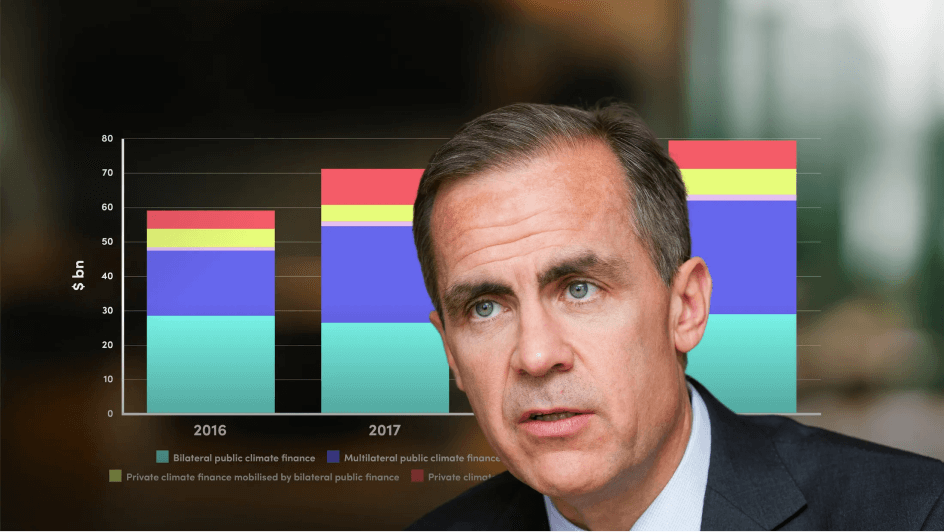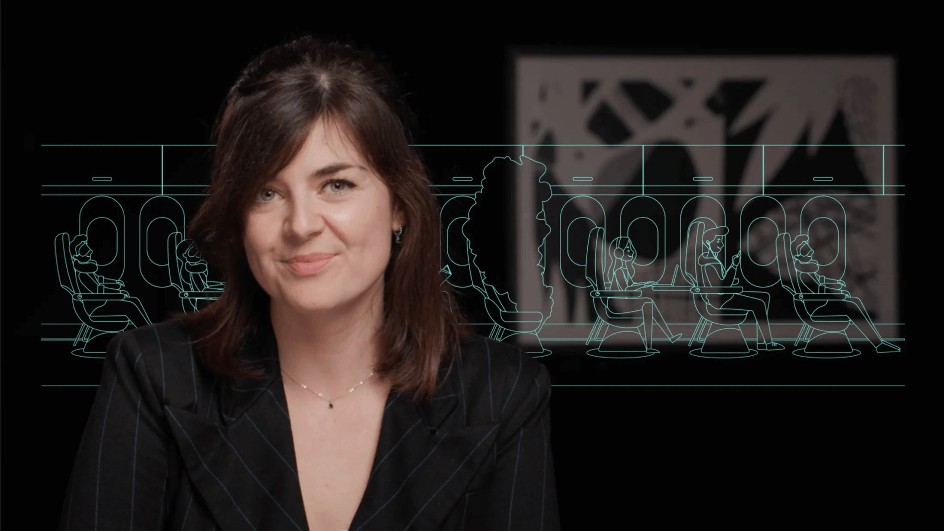
Key Ingredients for Sustainable Building Design

Philippa Gill
20 years: Real estate investment
What’s the recipe for a great building? Join Philippa Gill as she breaks down smart design, better materials, and circular thinking in the built environment.
What’s the recipe for a great building? Join Philippa Gill as she breaks down smart design, better materials, and circular thinking in the built environment.
Subscribe to watch
Access this and all of the content on our platform by signing up for a 7-day free trial.

Key Ingredients for Sustainable Building Design
12 mins 28 secs
Key learning objectives:
Explore sustainable design principles
Understand sustainable construction practices
Outline circular economy concepts
Overview:
Subscribe to watch
Access this and all of the content on our platform by signing up for a 7-day free trial.
- Passive design: Positioning buildings to capture sunlight, encourage natural ventilation, and protect from weather can minimise heating and cooling needs.
- Materials and sourcing: Lifecycle assessment (LCA) helps quantify embodied carbon. Recycled and natural materials, like timber, reduce environmental impact while enhancing aesthetics and usability.
- Community and social impact: Sustainable design also considers the long-term needs of the local community and the building’s contribution to public health, wellbeing, and engagement.
Subscribe to watch
Access this and all of the content on our platform by signing up for a 7-day free trial.

Philippa Gill
There are no available Videos from "Philippa Gill"





























